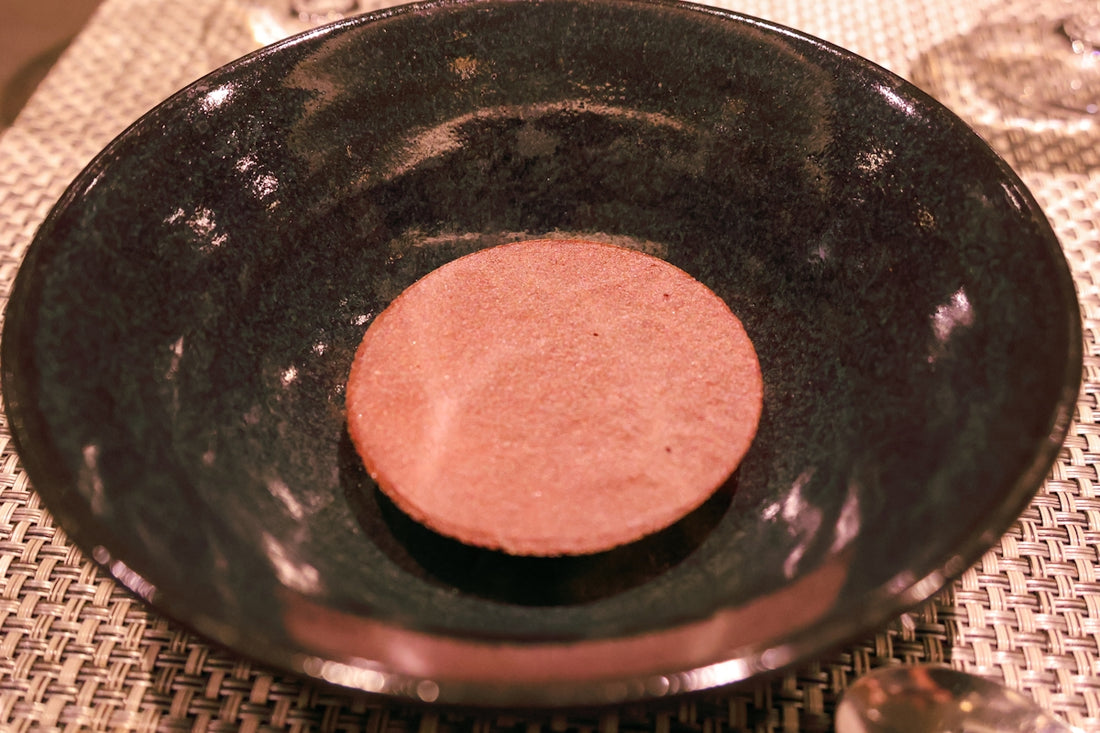
The Science of Sourdough Starter: Feed and Maintain for Optimal Growth
The world of sourdough baking unveils an ancient art that is both scientific and creative. A vital aspect of this process is the sourdough starter, a living entity that transforms flour and water into a vibrant colony of wild yeast and lactic acid bacteria. This guide aims to enhance your understanding of sourdough fermentation, provide sourdough baking tips, and help you achieve artisan bread baking excellence in your own kitchen.
Understanding the Sourdough Starter
At the core of homemade sourdough is the sourdough starter—a simple mix of flour and water that captures wild yeast and beneficial bacteria from the environment. The result is a powerful, natural leavening agent for making bread rise without commercial yeast.
The starter's health is paramount to its performance. A thriving starter provides a robust rise, a tangy taste, and the potential for a variety of bakes, from easy sourdough bread to more complex creations.
Wild Yeast Fermentation
Wild yeast fermentation occurs when naturally occurring yeast strains and bacteria in the flour or surrounding air colonize your starter. This wild yeast is responsible for the distinctive flavor and texture of sourdough bread. Unlike commercial yeast, which has a consistent strain, wild yeast varies greatly depending on the starter's environment, including its temperature, the type of flour used, and even the air it breathes.
How to Feed Your Sourdough Starter
Maintaining a healthy starter requires a consistent feeding schedule. This involves regularly mixing fresh flour and water into your starter, a process that feeds the yeast and bacteria, encouraging optimal growth and fermentation.
Sourdough Starter Feeding Schedule
- Daily Feedings: For active starters stored at room temperature, maintain a daily feeding routine. Use equal parts of starter, flour, and water.
- Refrigerated Starters: If you're storing your starter in the fridge, reduce feedings to once a week. Bring the starter to room temperature before feeding.
- Flour Choice: Use organic, whole grain flours for a nutrient boost. However, all-purpose flour works fine for sustaining a starter too.
Feeding your starter is more than just adding flour and water—it's about nurturing a living community to ensure your sourdough bread recipes always turn out deliciously.
Storing Sourdough Starter
Knowing how to store sourdough starter can prolong its life and make your baking schedule more flexible. For short-term storage, keep your starter at room temperature and feed daily. For long-term storage, place the starter in the refrigerator and feed it once a week.
Sourdough Starter Troubleshooting
Here are some common issues and solutions:
- No Rise: Ensure your environment is warm enough or your feedings are frequent enough to support yeast activity.
- Weak Scent: A faint aroma may indicate an imbalanced starter or insufficient feedings; increase feeding frequency.
- Discoloration or Mold: Discard the starter if mold appears. A black liquid, 'hooch,' is harmless, but indicates a hungry starter.
Understanding sourdough fermentation and maintaining your starter's health is key to avoiding these pitfalls.
The Role of Sourdough in Diabetic Diets
Sourdough bread is often better tolerated by diabetics for its lower glycemic index. The fermentation process reduces starches, making the bread less likely to spike blood sugar levels. However, it's essential to consult with a healthcare provider when making dietary decisions.
Baking with Your Sourdough Starter
Once your starter is active, you're ready to create various sourdough delights.
How to Bake Sourdough Bread
- Mix: Combine your sourdough starter, flour, water, and salt. Allow the dough to rest before kneading.
- Ferment: Place the dough in a covered bowl to ferment. Time varies based on temperature and dough consistency.
- Shape: Turn the dough out onto a floured surface. Gently form it into your desired shape using techniques like the boule or batard.
- Score: Use a Wooden Handle Bread With 5 Blades Lame to make an incision in the dough, allowing it to expand in the oven.
- Bake: Place the dough in a preheated oven with a Round Bread Rattan Fermentation Basket and bake until reaching an internal temperature of 205°F.
Best Sourdough Scoring Techniques
Scoring is an art form to express creativity and assist with bread expansion. Start with simple straight lines and advance to decorative patterns as you gain confidence. The Wooden Handle Bread Lame offers precision for intricate designs.
Sourdough Bread Troubleshooting
- Dense Bread: Might stem from underproofing or insufficient gluten development. Ensure adequate kneading and liberal resting periods.
- Flat Loaf: Could be caused by overproofing. Monitor fermentation times more closely to prevent over-expansion.
Conclusion
Nurturing a sourdough starter is a rewarding endeavor that connects you to a timeless baking tradition. Whether you're crafting easy sourdough bread or mastering complex artisan techniques, understanding the science behind your starter is essential. With proper knowledge and tools, including our Oval/Round Bread Rattan Fermentation Basket and Wooden Handle Bread Lame, you’re on your way to creating sourdough wonders.
For more sourdough baking tips and resources, explore our variety of tools and recipes at Italian Sourdough.
